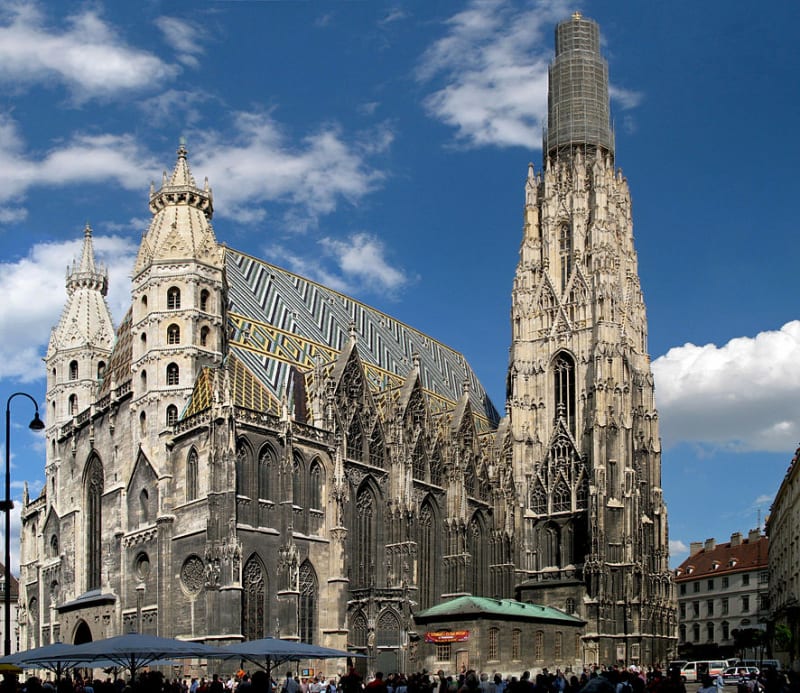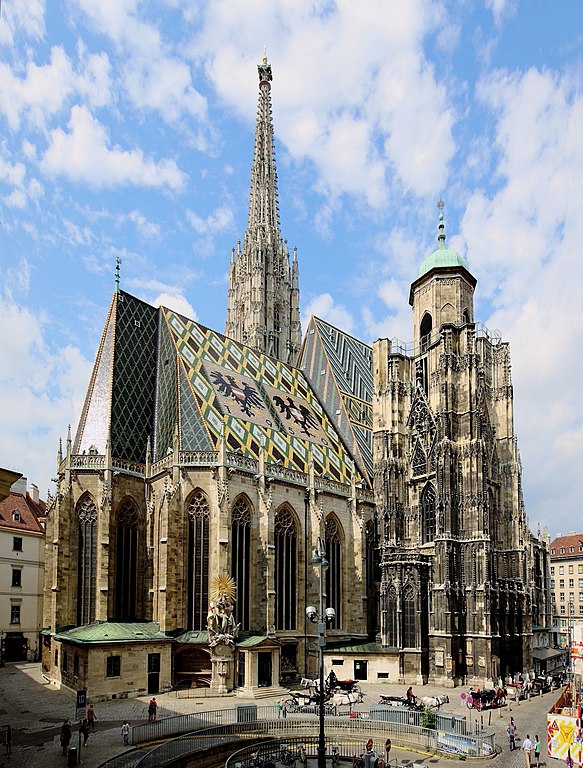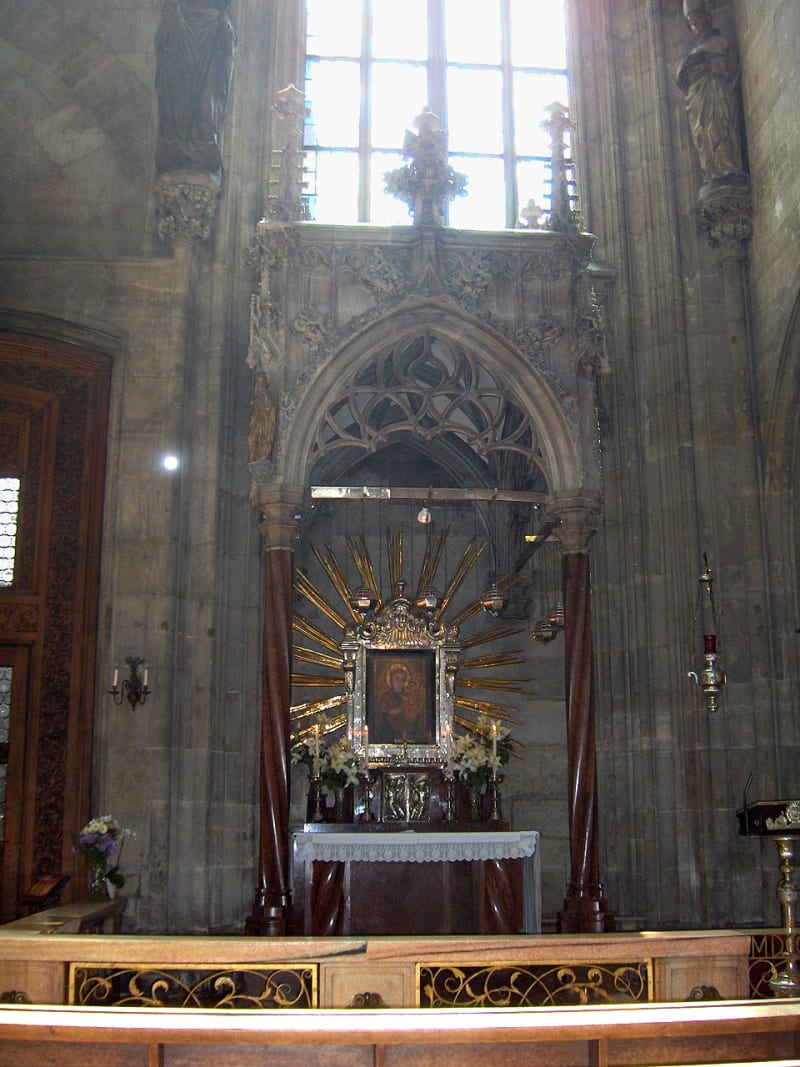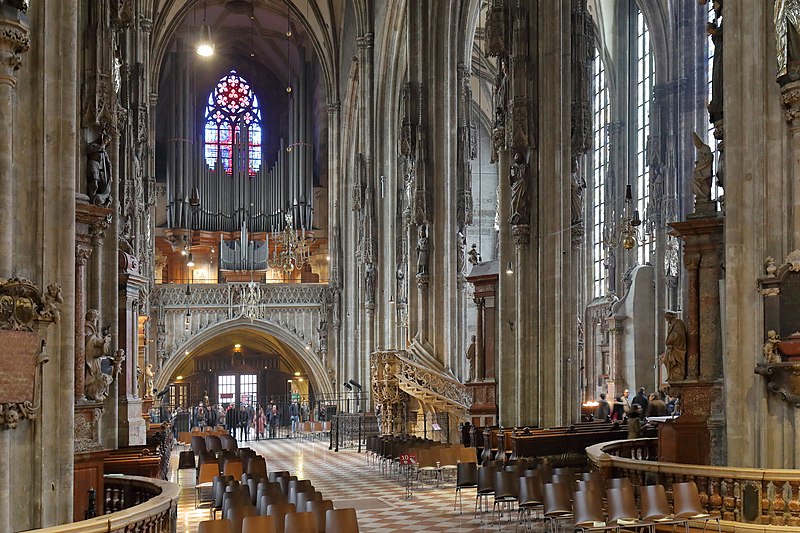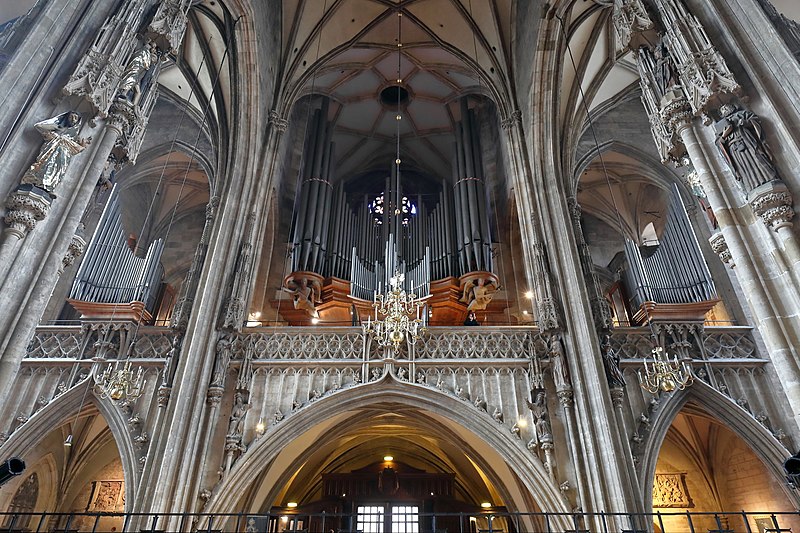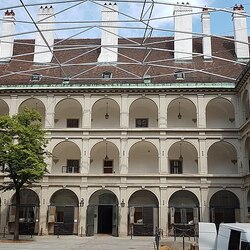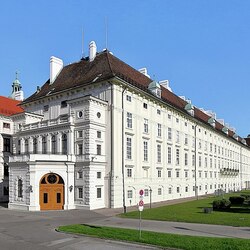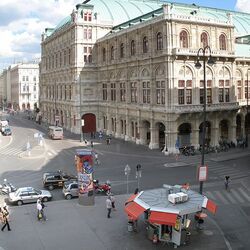St. Stephen's Cathedral
Once in the center of historic Vienna on Stephansplatz Square, it is impossible not to pay attention to an extraordinarily beautiful building with tall towers, very similar to the giant's castle from a medieval fairy tale. In fact, this is the Catholic Cathedral of St. Stephen, the national symbol of Austria and its capital Vienna. The 136-meter-high spire of the cathedral is visible from any part of the city, and its extraordinary features have been shaped over the centuries.
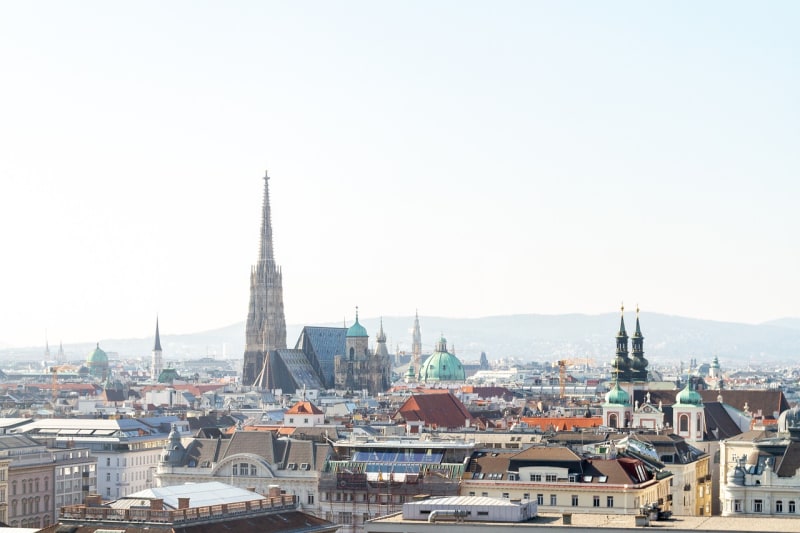
The history of St. Stephen's Cathedral
Scientists claim that people have been living here for 4 thousand years. But the name of the town of Vienna was first mentioned at the end of the 9th century as a place of battle with the Magyars. And in the 12th century, Vienna was already considered such a large commercial center and a full-fledged city that in 1155 Duke Heinrich Yazomirgott of the Babenberg dynasty declared Vienna his capital. And every self-respecting capital should have many temples. The church was founded in 1137, and consecrated in 1147. But according to contemporaries, the cathedral had not been completed by that time, and it was still being completed and rebuilt for a long time. Interestingly, the first building was designed in the Romanesque style, which was strongly influenced by Byzantium. Subsequent builders brought Gothic, upward-looking features to the cathedral's appearance. As a result, it combines two architectural styles at once, which makes it the brightest monument of medieval architecture.
St. Stephen's Cathedral was rebuilt and decorated not only at the request of devoutly religious rulers. It happened that the temple was destroyed as a result of fires or wars. So already in 1258, the first church burned down. On April 23, 1263, a new one was consecrated in its place, and this day is still celebrated.
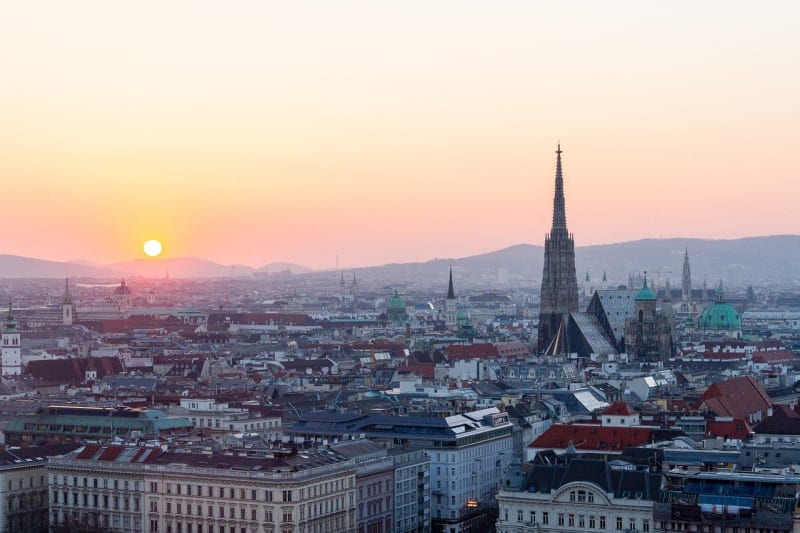
In 1359, Rudolf IV of Habsburg built a new Gothic church on the site of the old one. Interestingly, the walls of the new cathedral were built around the existing church, and only then the ancient walls were dismantled. Rudolf IV did not have to see the final result. St. Stephen's Cathedral was completed until 1579, when work was completed on a unique roof made of 250,000 glazed tiles. Having survived the turbulent Middle Ages and early Modern times, the cathedral was catastrophically damaged by fire at the end of the Second World War. As a result, the roof collapsed, the bell that collapsed on the North Tower destroyed the interior, and an ancient organ burned down. The restoration was carried out by volunteers. By the end of 1948, the main roof was restored. By the memorable date of April 23, 1952, services resumed. The process was completed only by 1960.
Since the 1980s, a full-scale restoration has been underway again, which has not been completed to this day.
The cathedral was named after St. Stephen, who was martyred in 34 A.D. for spreading the teachings of Christ. His righteous life and sincere faith aroused the indignation of opponents of Christianity. Accused of heresy and blasphemy by the Jerusalem Sanhedrin, Archdeacon Stephen, instead of justifying himself, declared that he saw Christ in Heaven at the right hand of God. For these words, Stefan was stoned to death.
